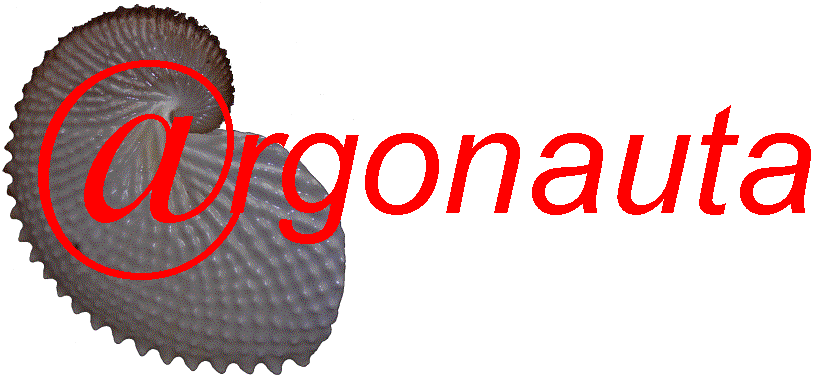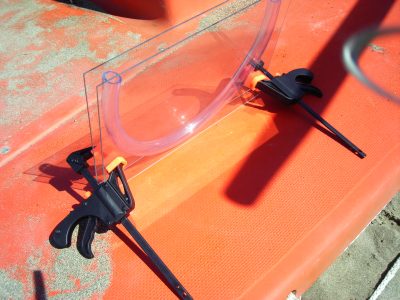
Argonauta 1-6 2011
 |
 |
AssemblaggioIl tubo viene posto come distanziatore tra le due lastre e lasciato con la sua normale curvatura. I morsetti vanno serrati delicatamente per tenere il tutto fermo e provocare quel contatto, tra tubo e lastre, sufficiente a garantire la tenuta dell'acqua che poi inseriremo all'interno. Scoprirete che i morsetti forniranno anche un comodo sostegno al tutto.SuggerimentiLa scelta tra vetro, cristallo o plexiglass dipende prima di tutto dalle modalità di trasporto. Se inseriti in una valigia che viene caricata su un aereo e ovvio che il plexiglass è preferibile per evitare rotture. Questo materiale però è flessibile e non garantisce un contatto piano sul tubo, quindi sceglieremo materiale con uno spessore di 4-6 mm. Scopriremo poi al momento della foto che questo spessore disturba molto la messa a fuoco del soggetto dentro l'acquario. Il vetro ha qualità ottiche e di durata superiori, inoltre è rigido e quindi più piano della plastica. Il cristallo offre spessori, robustezza e qualità medio-alte. I morsetti sono quelli usati in falegnameria per fermare i legni durante gli incollaggi. Sono preferiti quelli realizzati in materie plastiche visto che li bagneremo spesso in acque salate. Il tubo deve avere la superficie totalmente liscia: noi abbiamo scelto, anche per motivi estetici, aliflex cristall: é trasparente, lucido brillante e lo abbiamo trovato in diametro che vanno da mm 5 fino a 50. E' bene averne di diversi spessori per adattare l'aquario alle dimensioni dei soggetti raccolti. |
AssemblingThe pipe is used for separating the two plates and left with its normal bending. The clamps must gently be shut for holding the everything lock and to provoke that contact, between pipe and plates, enough to guarantee the estate of the water that we then will insert to the inside. You will discover that the clamps will also furnish a comfortable support to the everything.SuggestionsThe choice among glass, crystal or plexiglass first of all depends on the formalities of transport. If inserted in a suitcase that is loaded on an airplane and obvious that the plexiglass is preferable to avoid breakups.This material however it is flexible and it doesn't guarantee a plain contact on the pipe, therefore we will choose material with a thickness of 4-6 mms. We will discover then during the photo that this thickness disturbs a lot the focusing of the subject inside the aquarium. The glass has a better optical quality and is of superior duration, besides it is rigid and therefore more plan of the plastics. The crystal offers thickness, sturdiness and middle-tall quality. The clamps are those used in carpentry to stop the woods during the glueing. They are preferred those realized in plastic subjects considering that we will often bathe them in salty waters. The pipe has to have the totally smooth surface: we have chosen, also for aesthetical motives, "aliflex cristall": bright polish is transparent and we has found it in diameter that go from mm 5 up to 50. And is well to have to suit the aquario for the dimensions of the picked subjects of it of different thickness. 
|
